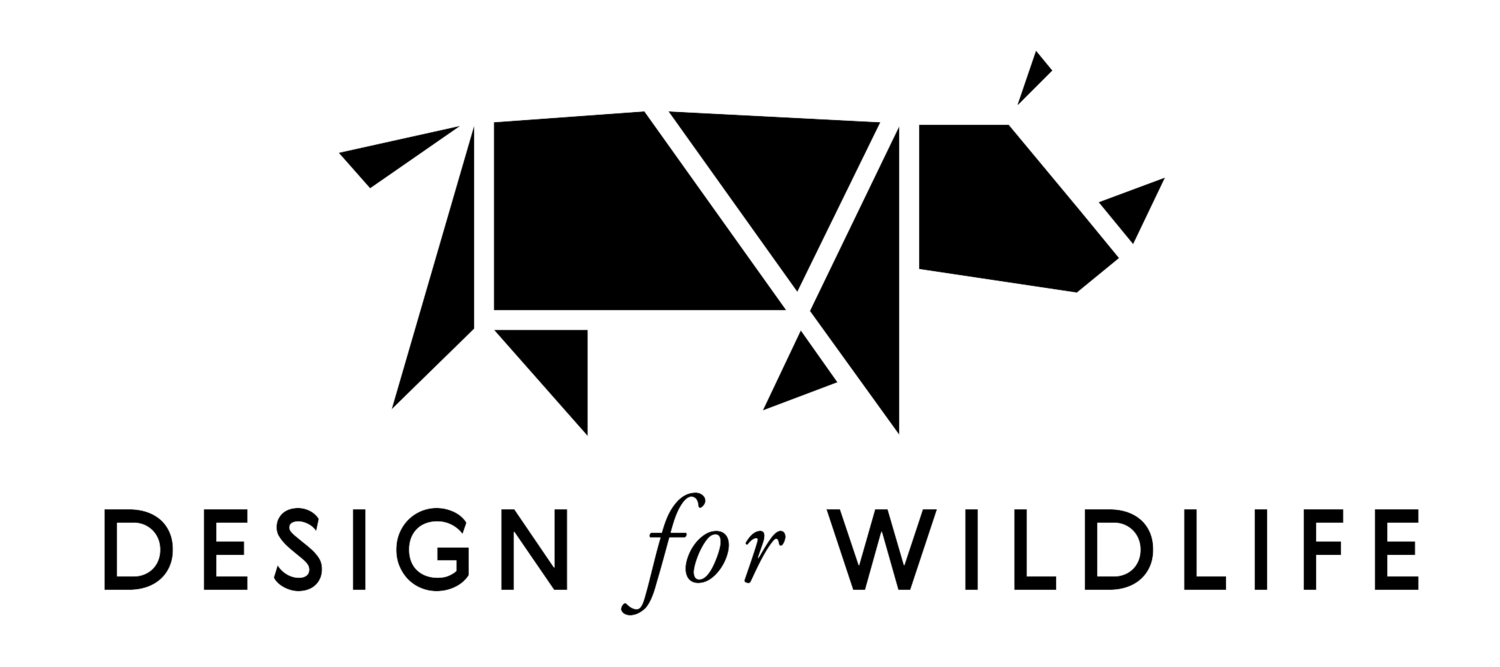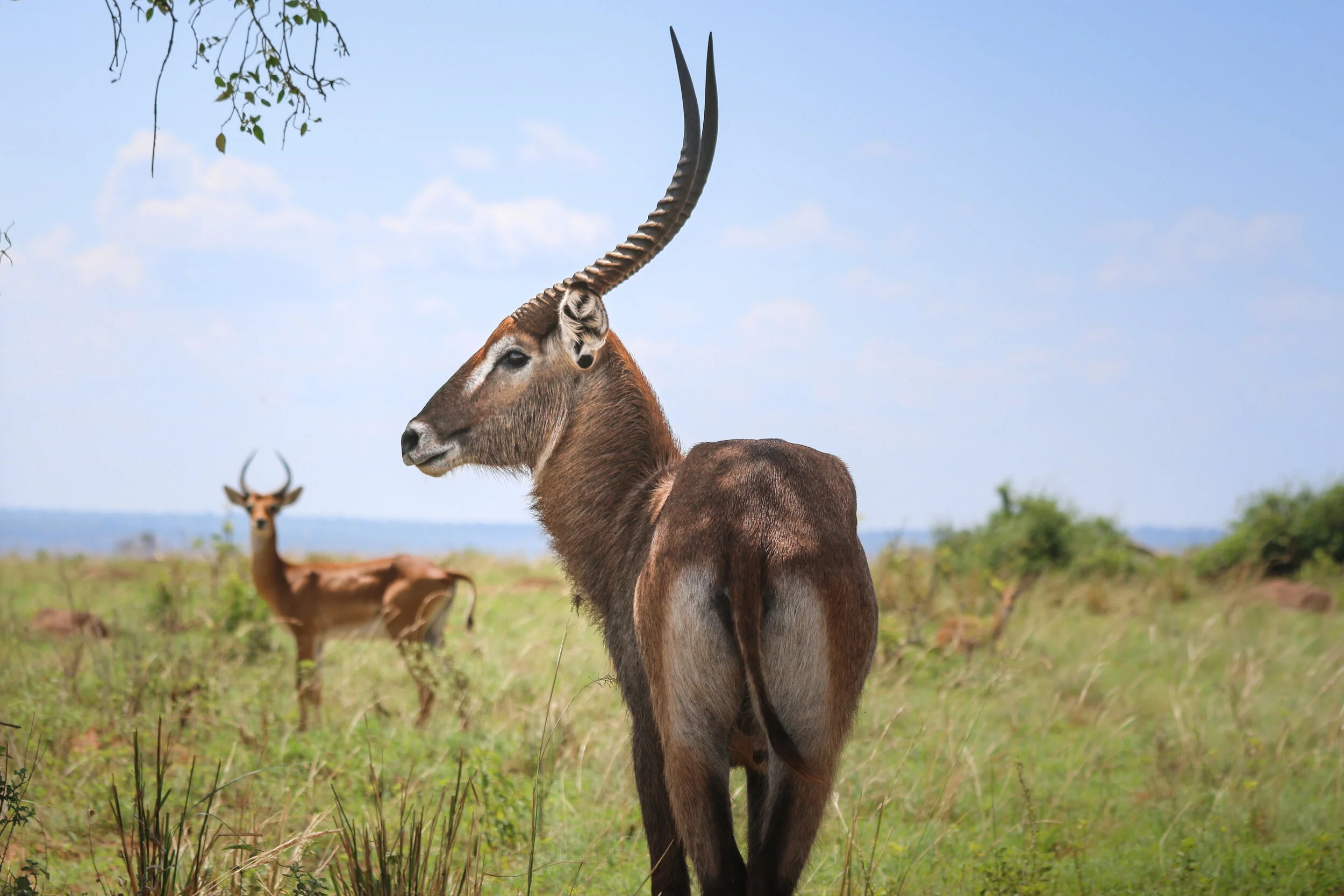DESIGNING FOR PEOPLE, TO BENEFIT THE WILD
Our work starts with understanding people.
What people think, feel, say and do are often different and our work relies on understanding the difference between them. The answer to these questions can help us create experiences that allow us to reach people faster and make them more comfortable with change.
Many for profit companies work with people like us to increase their revenue by making better products and services, and many non profits work with people like to us better understand the people they serve and increase their impact.
At Design for Wildlife we use the human-centered design process to reach people that are affected by wildlife, or those who can affect change for wildlife conservation missions. This means we can improve conservation messaging so that it better resonates with the target audience, come up with more effective strategies for promoting human-wildlife coexistence, or develop economically sustainable project models that are more likely to be sustained after funding for these projects runs out.
We do not want the word ‘design’ to be confusing given the multitude of definitions that this word holds, but rather a conversation starter to understand how we can blend your expertise, your approach to conservation and your mission with the human-centered skills and experience that we can bring to the table for a shared goal.
The Elephant Repellent
Learn more about our work bringing economically sustainable solutions to elephant-human conflict by reading about The Smelly Elephant Repellent.
In partnership with WildAid


